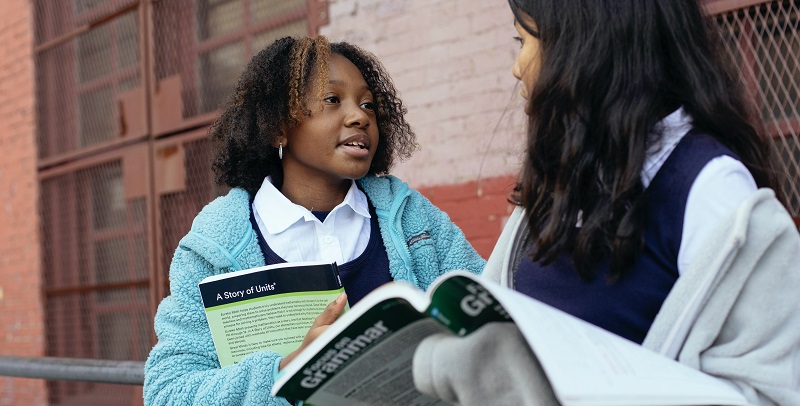Community Schools & Concentration of Poverty Grants

A community school is a whole school model designed to promote positive, equitable outcomes by providing students and families with the physical and mental health, academic, and extracurricular supports needed to thrive. Community schools serve as hubs that bring families, communities, and partners together to remove barriers to learning. Using an asset-based approach, community schools strive to strengthen connections to generate improved student outcomes.
Community schools work in collaboration with community partners, local governments, and other stakeholders to identify and address structural and institutional barriers to achievement. Leveraging the power of the collective allows community schools to provide resources to students and families where they need it the most—neighborhoods that have been historically underfunded and underserved. Community schools provide a wide array of wraparound services that enhance student’s ability to be successful.
Wraparound Services
Community schools have been present in some of Maryland’s local school systems for more than 25 years. A 2016 evaluation of Baltimore City’s community schools found that community schools had higher rates of daily attendance in elementary and middle schools and decreased rates of chronic absenteeism in community schools that had been established for five or more years. Additionally, families of students attending community schools were more likely to report being connected to the school, and students in grades 6, 9, and 10 were less likely to transfer to another school compared to students who did not attend community schools. Based on the success, legislation was passed in 2019 that codified community schools in Maryland. The Blueprint reinforced Maryland’s commitment to establishing and sustaining high-quality community schools that meet critical needs.
In Maryland, a community school is any school that receives Concentration of Poverty Grants. The grants are formula-based and awarded to schools on an annual basis. The determining factor for eligibility is the 4-year average of the percentage of the school’s students living in poverty (excluding 2020-2021 school year), as determined by the compensatory education enrollment. This is essentially the number of students receiving free and reduced price meals.
There are two types of Concentration of Poverty Grants: the first is a personnel grant, which provides for salaries of a Community School Coordinator and a Healthcare practitioner. The coordinator is responsible for identifying student needs along with input from the community, establishing partnerships with service providers, and coordination of wraparound services. The Healthcare practitioner is tasked with arranging and providing health services. The second type of Concentration of Poverty Grant, the per-pupil grant, provides an additional layer of funding based on the percentage of students living in poverty. This grant begins a year after a school becomes eligible, starting with fiscal year 2022. This grant is awarded on a sliding scale.
The Blueprint for Maryland’s Future legislation provides Concentration of Poverty Grants for personnel and wraparound services in community schools and requires needs assessments and implementation plans to be submitted to the Maryland State Department of Education.
Community Schools Roundtable
The Maryland State Board and The Maryland State Department of Education engaged with students, families, community school coordinators, partners, and health practitioners to discuss successes and ideas to improve community and school partnerships.
